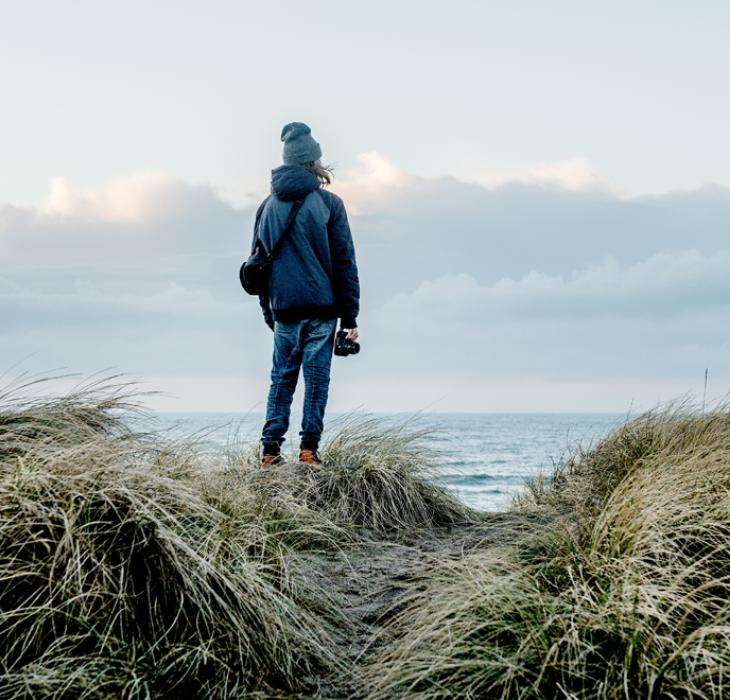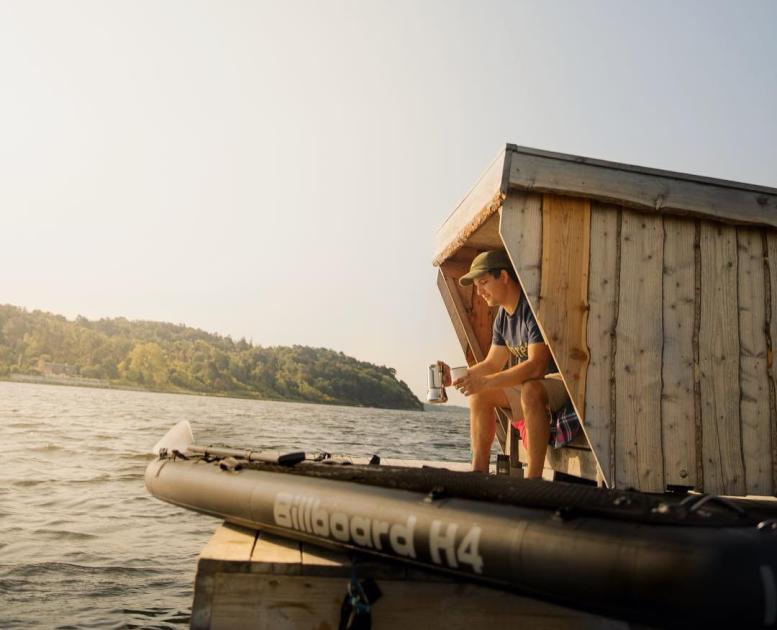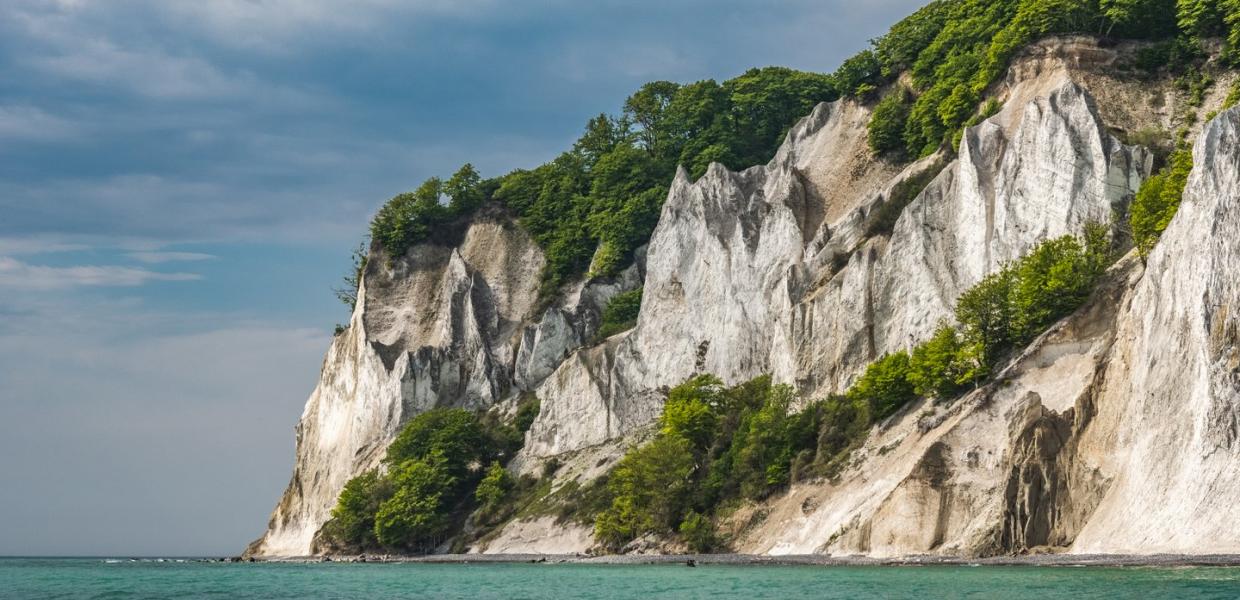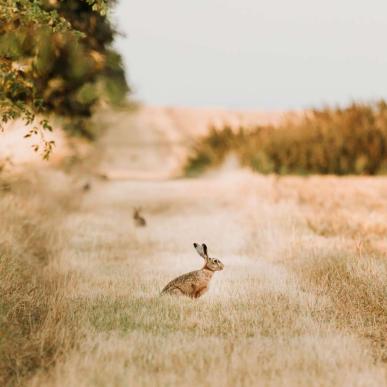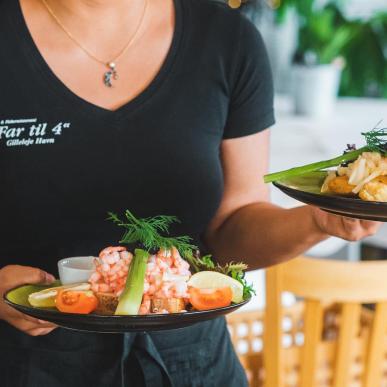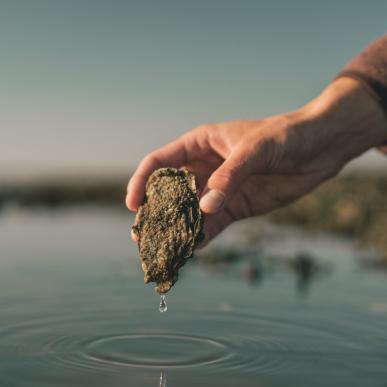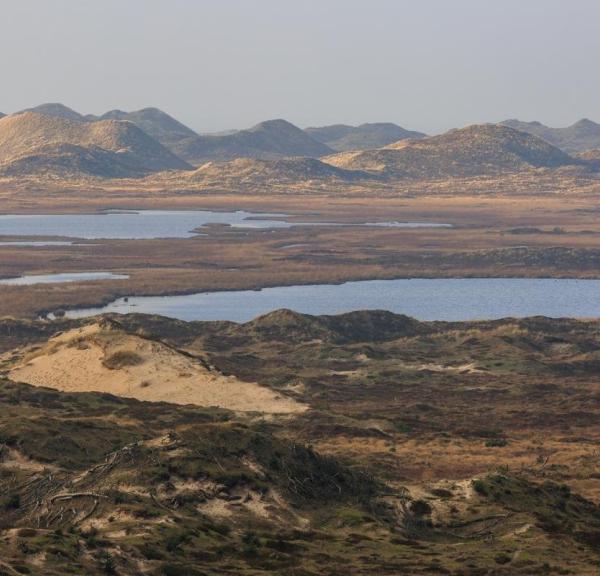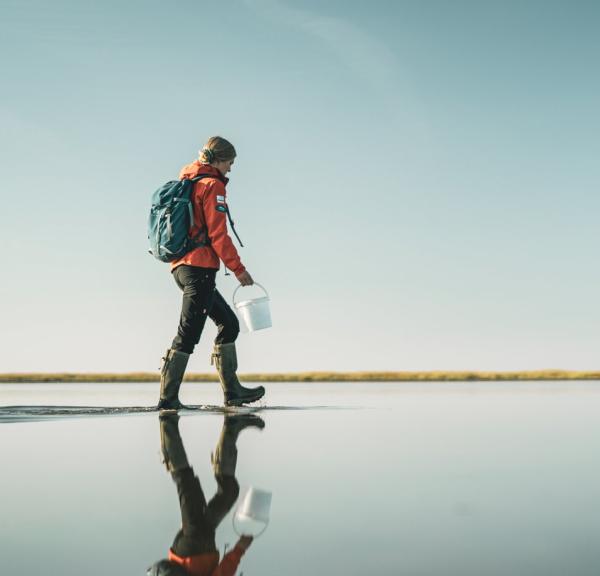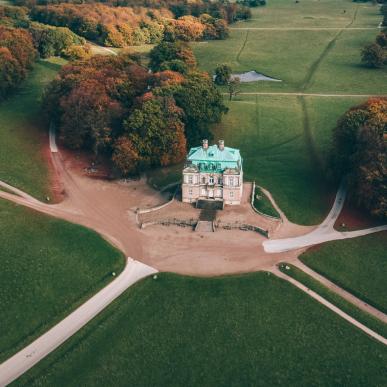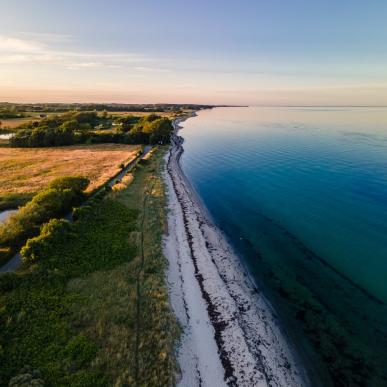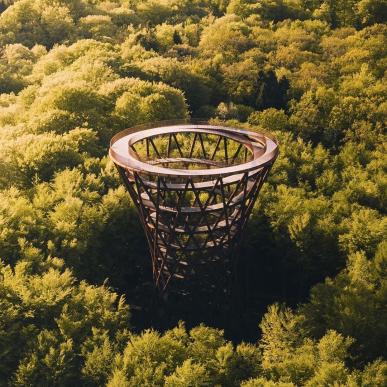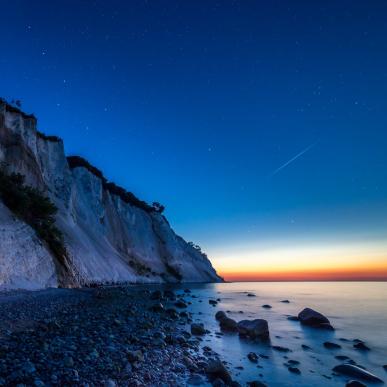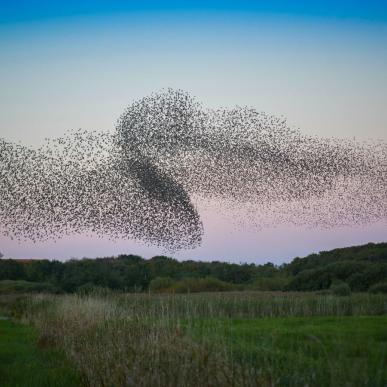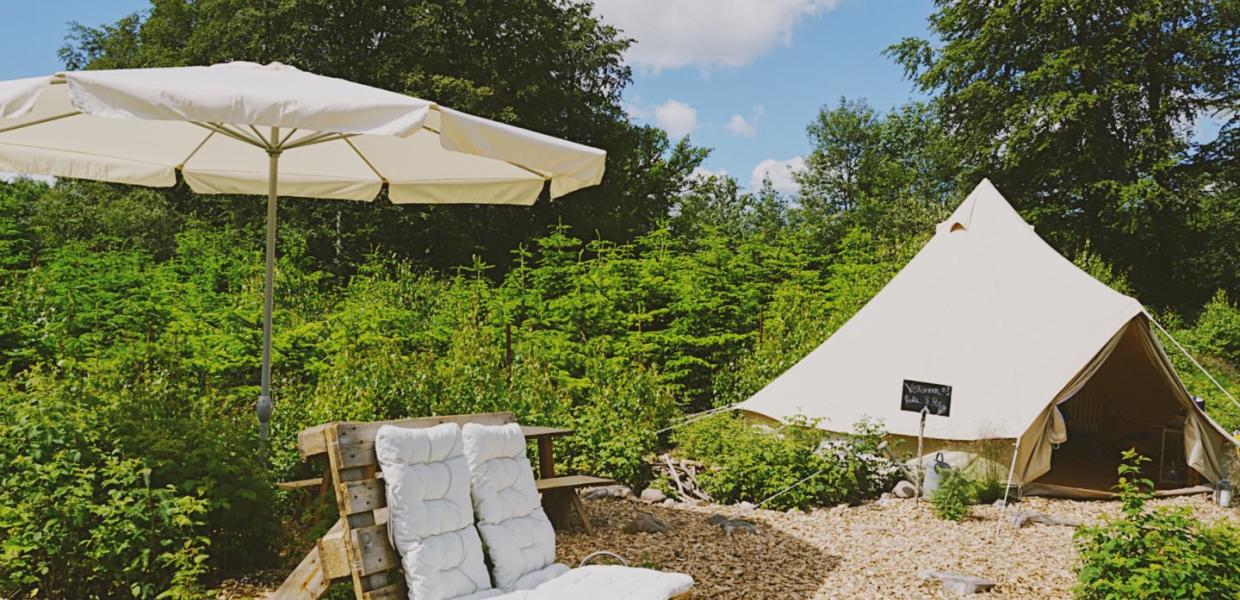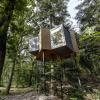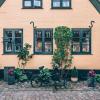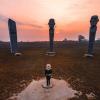Go on an outdoor adventure
Discover Denmark's most beautiful places
Denmark is packed with stunning natural spots and awesome outdoor adventures. Better still, everything is so close you'll be crossing off your bucket list left and right!
Recommended: 12 spectacular places for your bucket list
Head into the wild
In Denmark, you can experience natural adventures in the wilderness and you can even camp in the wild. Or if a more cultivated nature is your thing, the country is dotted with incredible parks and gardens. Whatever you're into, get into it in Denmark!
3 extraordinary outdoor experiences
Are you looking for that one outdoor experience that's in a league of its own? Well, you're in luck because we've tripled your choices!
Upgrade your camping experience
Ever tried glamping?
Before you go, this might be good to know...
We've collected a few quick facts that people tend to ask us about our Blue Flag beaches, public gardens and wild campsites.
Blue Flag Beaches
Denmark has 240 Blue Flag beaches. The Blue Flag designation means they meet a number of high environmental standards. The Blue Flag is awarded by the international organisation FEE (Foundation for Environmental Education) and a blue flag is a much sought-after designation. Check out this map of all the Blue Flag beaches in Denmark.
Visiting Blue Flag beaches with your dog
Denmark has always welcomed dogs on its beaches! The international Blue Flag organisation recommends that countries do not allow dogs onto Blue Flag beaches during peak summer months. However, Denmark allows dogs on all its beaches, all year round, as long as they are on a lead between 1st April and 30th September. From 1st April to 30th September, dogs can only swim free out in deeper water, as long as it is over the low-tide line, on non-Blue Flag beaches. Dogs are allowed to swim on Blue Flag beaches from 16th September to 31 May.
Note: In April and from 16-30 September, dogs can only be let off the lead to swim on Blue Flag beaches over the low-tide line, as on all Danish beaches.
Public and open gardens
You can stroll around and enjoy nearly 500 charming private and public gardens in Denmark. A few gardens are only open for a single weekend each year but the vast majority open their gates over the summer months. There are gardens covering all kinds of gardening tastes and styles, from small intimate gardens to grand formal gardens. Your local tourist office will be able to advise you on open gardens in your area.
As well as public gardens, Denmark has more than 200 flower farms, where you can find flowers in all colours, shapes and sizes.
Wild Camping
If official campsites are not your thing and you crave the serenity of a night camping in the wild, Denmark is the country for you. With over 1,000 areas for wild camping, there are a multitude of natural camping experiences waiting for you. No caravans or motorised vehicles are allowed in these places. They are pure, unspoiled spots where you must leave nothing but your own footprints behind.
Wild camping sites are often equipped with running water and toilet and around a third have shelters you can sleep in. You may only sleep a maximum of one night at each location. Be sure to read the Danish Nature Agency’s guidelines for wild camping prior to your trip.
